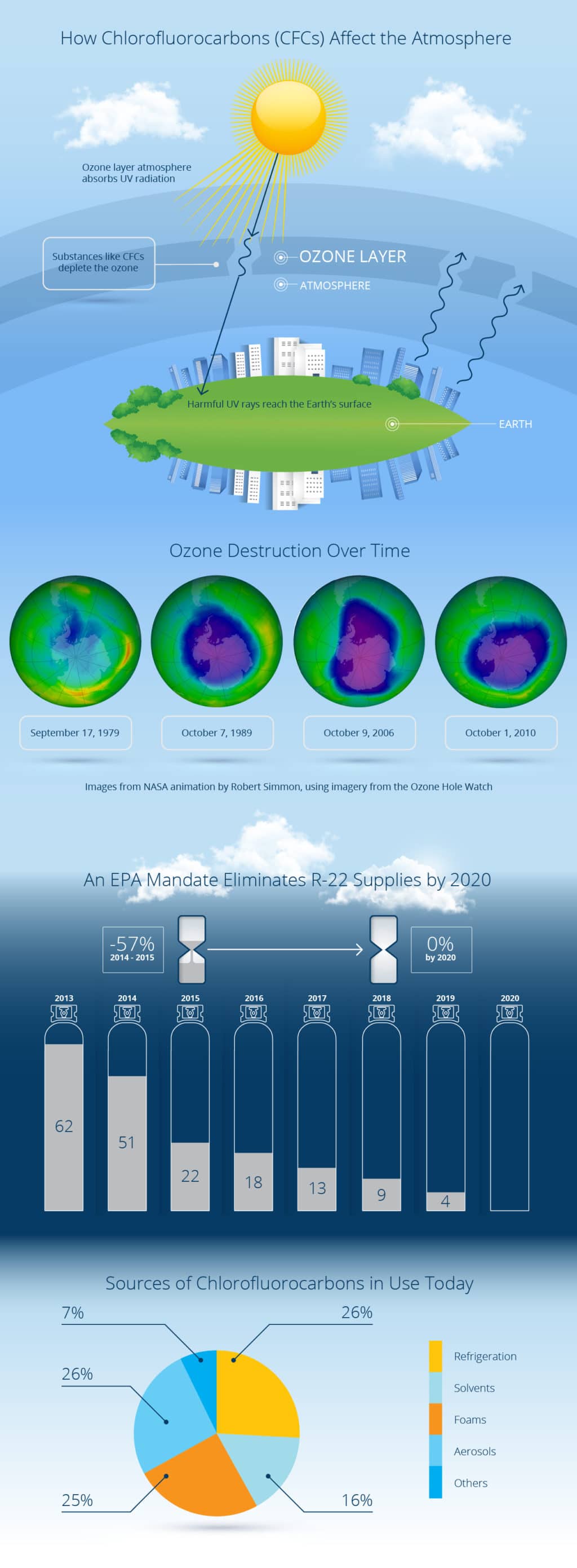The Ultimate Guide To Understanding Heat Pumps - Exactly How Do They Function?
The Ultimate Guide To Understanding Heat Pumps - Exactly How Do They Function?
Blog Article
Post Developed By-Junker Gylling
The best heat pumps can conserve you significant quantities of cash on energy bills. They can likewise help in reducing greenhouse gas exhausts, specifically if you utilize electrical power in place of nonrenewable fuel sources like lp and heating oil or electric-resistance heating systems.
Heat pumps work significantly the same as a/c do. This makes them a viable alternative to conventional electric home heater.
How They Work
Heatpump cool homes in the summer and, with a little aid from electricity or gas, they give some of your home's home heating in the winter. They're a good option for individuals that wish to reduce their use nonrenewable fuel sources but aren't ready to change their existing heater and cooling system.
They rely upon the physical fact that even in air that seems too chilly, there's still energy existing: warm air is constantly relocating, and it wishes to move into cooler, lower-pressure atmospheres like your home.
The majority of power STAR certified heat pumps operate at near to their heating or cooling ability throughout the majority of the year, decreasing on/off biking and conserving energy. For ducted air conditioning system , concentrate on systems with a high SEER and HSPF ranking.
The Compressor
The heart of the heatpump is the compressor, which is likewise known as an air compressor. This mechanical streaming tool utilizes possible power from power production to enhance the stress of a gas by lowering its quantity. It is various from a pump in that it only services gases and can not work with fluids, as pumps do.
Climatic air goes into the compressor through an inlet shutoff. It travels around vane-mounted arms with self-adjusting size that separate the interior of the compressor, producing numerous dental caries of varying dimension. The rotor's spin pressures these dental caries to move in and out of phase with each other, compressing the air.
The compressor attracts the low-temperature, high-pressure refrigerant vapor from the evaporator and presses it into the warm, pressurized state of a gas. This procedure is repeated as needed to supply heating or air conditioning as needed. The compressor likewise includes a desuperheater coil that recycles the waste warmth and includes superheat to the cooling agent, changing it from its fluid to vapor state.
The Evaporator
The evaporator in heatpump does the very same point as it performs in fridges and air conditioners, transforming fluid refrigerant right into an aeriform vapor that gets rid of warm from the room. Heat pump systems would not work without this critical tool.
This part of the system lies inside your home or building in an indoor air handler, which can be either a ducted or ductless unit. It has an evaporator coil and the compressor that compresses the low-pressure vapor from the evaporator to high pressure gas.
Heatpump soak up ambient warmth from the air, and afterwards utilize electrical energy to transfer that heat to a home or business in home heating mode. That makes them a lot extra energy reliable than electric heating units or heaters, and since they're utilizing clean electrical energy from the grid (and not melting fuel), they also produce much less exhausts. That's why heat pumps are such fantastic ecological options. (And also a big reason why they're becoming so popular.).
The Thermostat.
Heat pumps are wonderful alternatives for homes in chilly climates, and you can utilize them in combination with typical duct-based systems or perhaps go ductless. They're a great alternative to fossil fuel furnace or traditional electrical heating systems, and they're much more sustainable than oil, gas or nuclear heating and cooling tools.
Your thermostat is the most important part of your heat pump system, and it functions very differently than a traditional thermostat. All mechanical thermostats (all non-electronic ones) work by using substances that change dimension with enhancing temperature, like coiled bimetallic strips or the increasing wax in an automobile radiator shutoff.
These strips contain 2 various sorts of steel, and they're bolted with each other to form a bridge that completes an electrical circuit attached to your heating and cooling system. As the strip gets warmer, one side of the bridge expands faster than the other, which triggers it to bend and signal that the heater is needed. When the heatpump remains in heating mode, the turning around valve reverses the flow of cooling agent, to make sure that the outside coil now operates as an evaporator and the indoor cylinder comes to be a condenser.